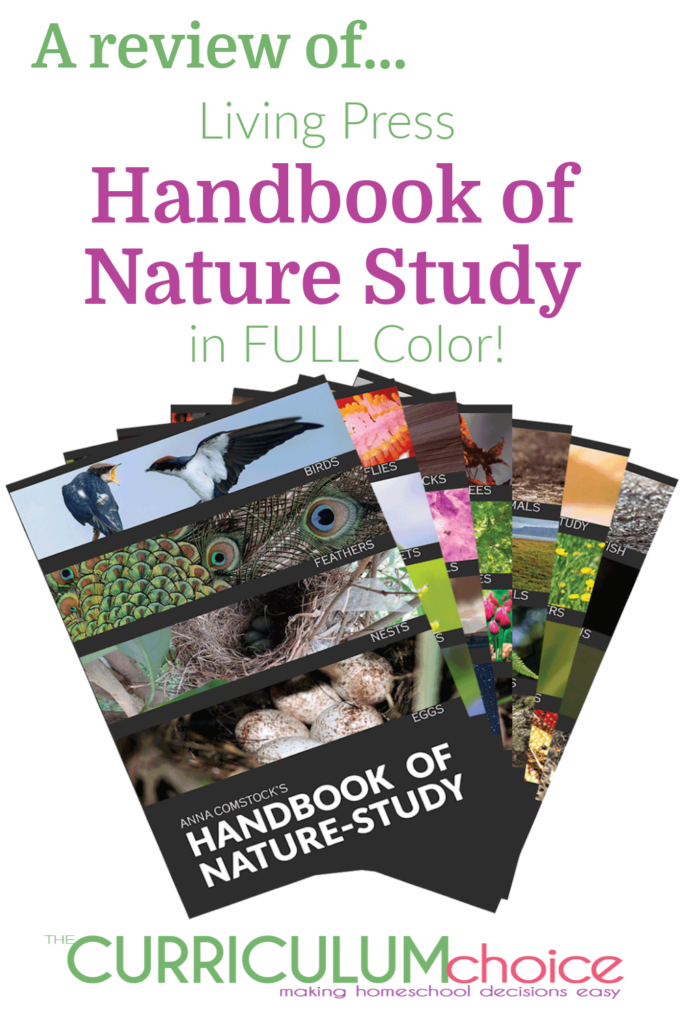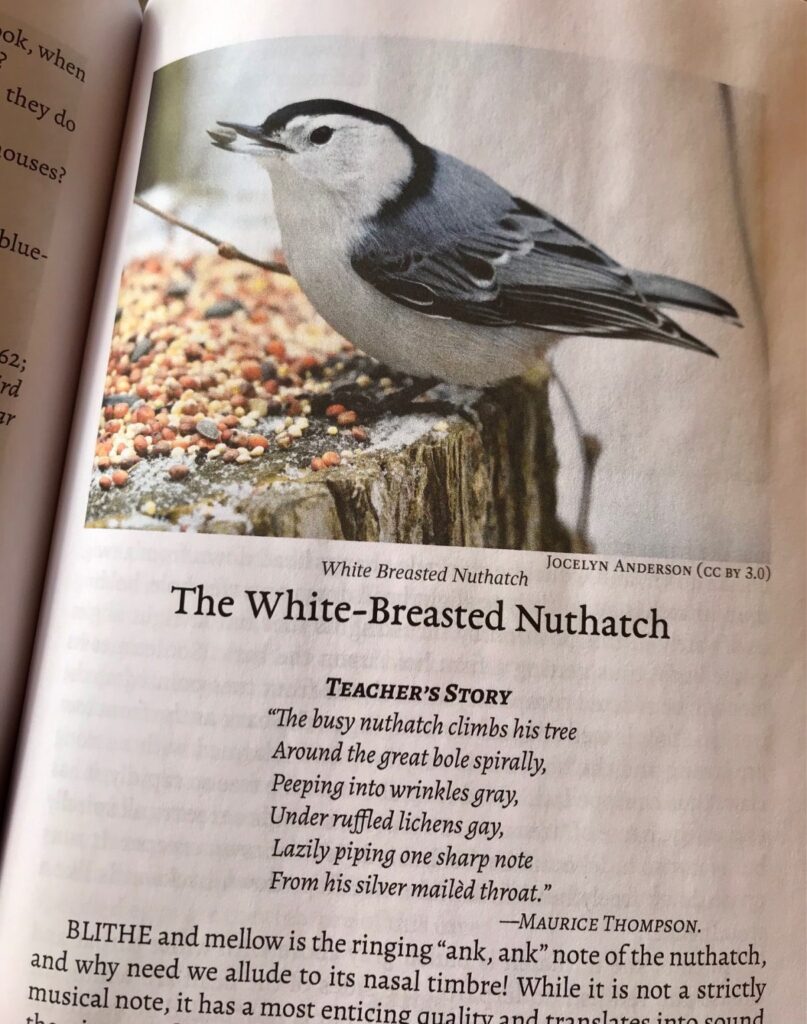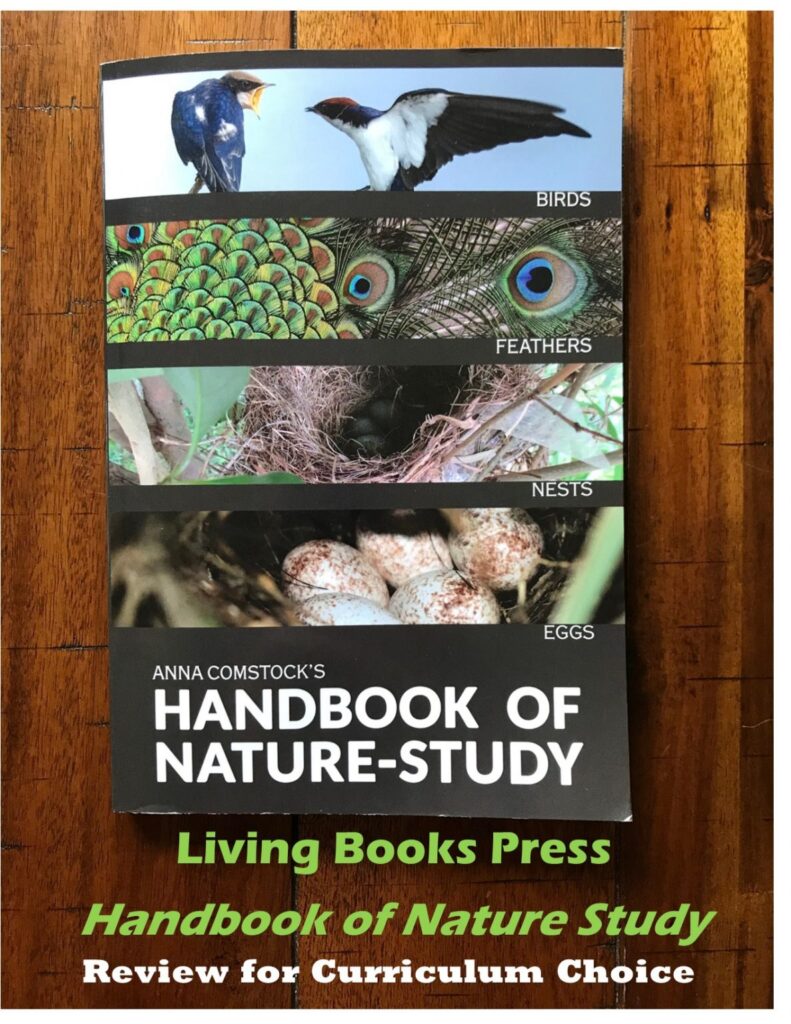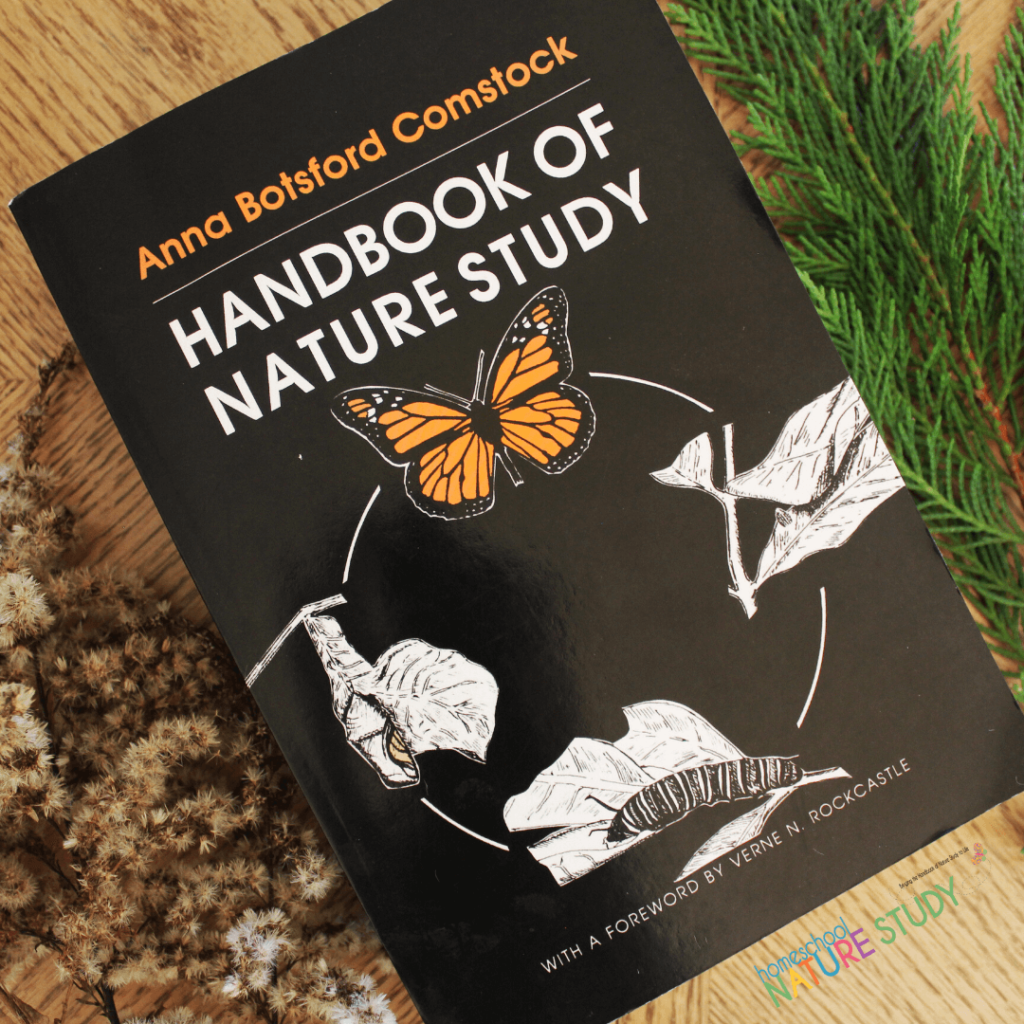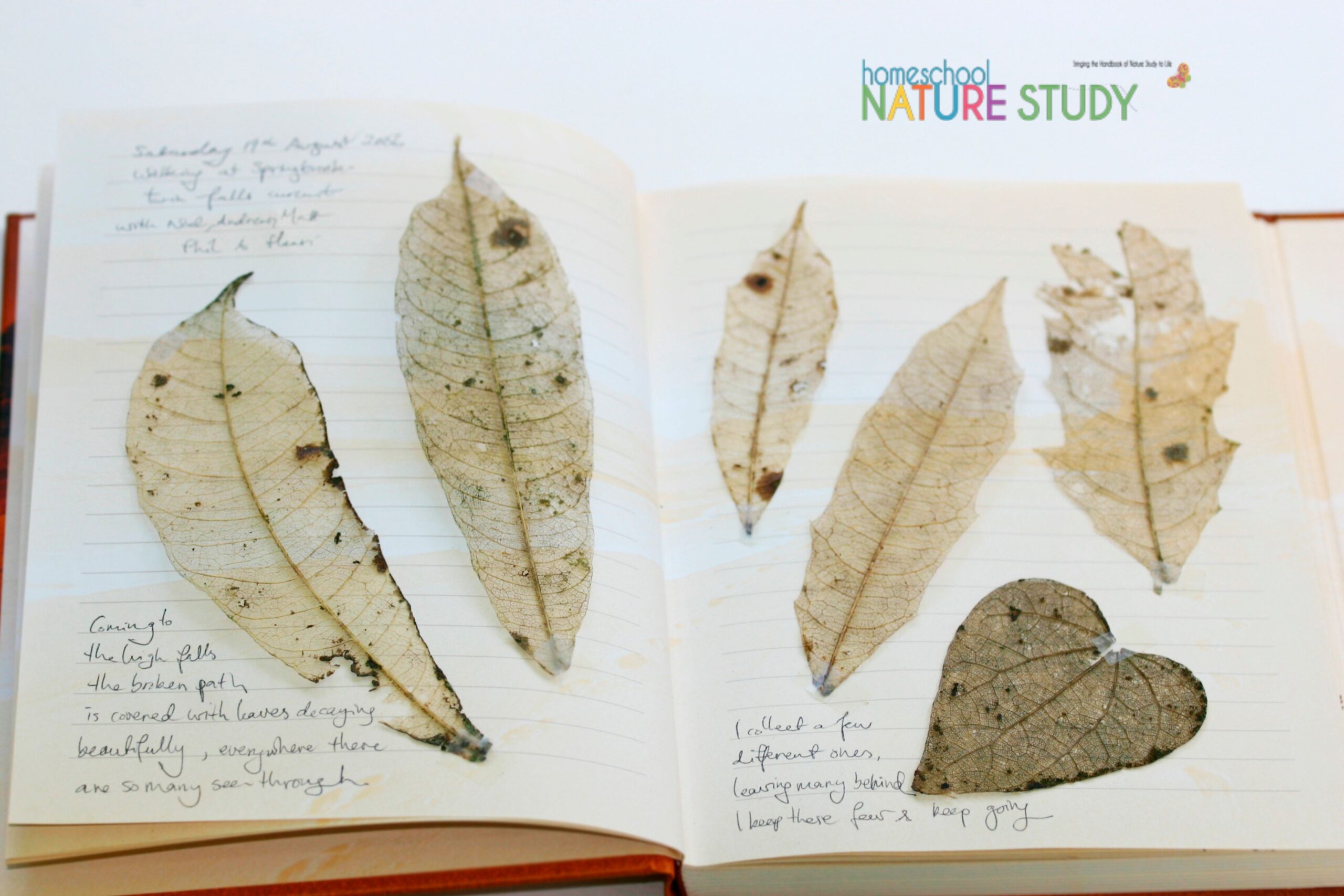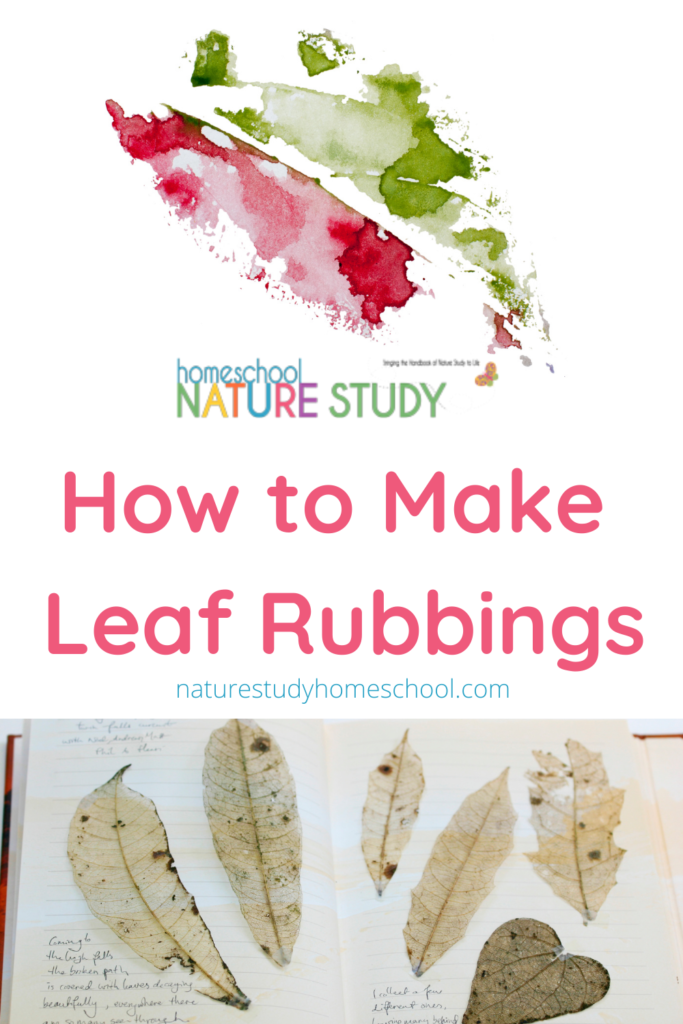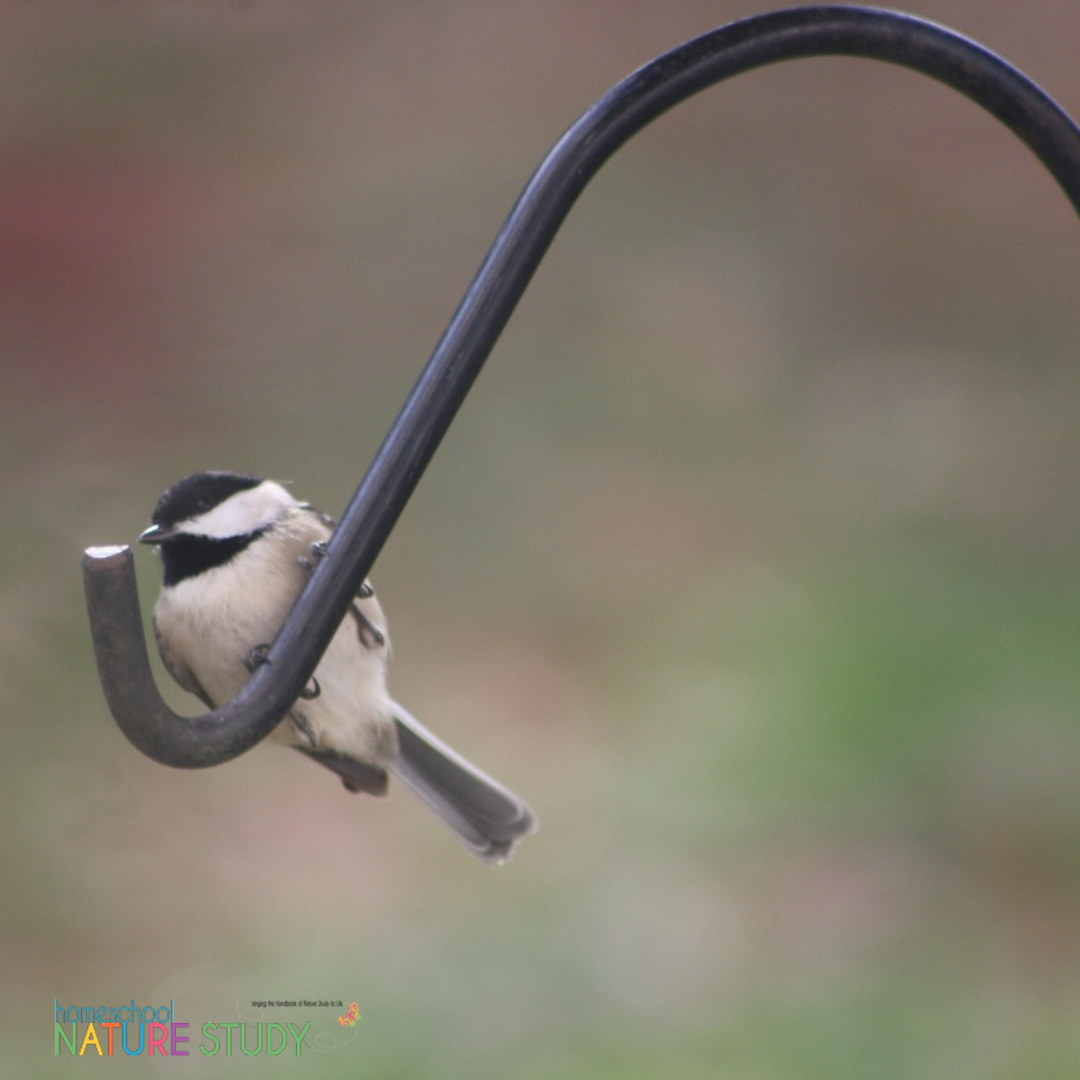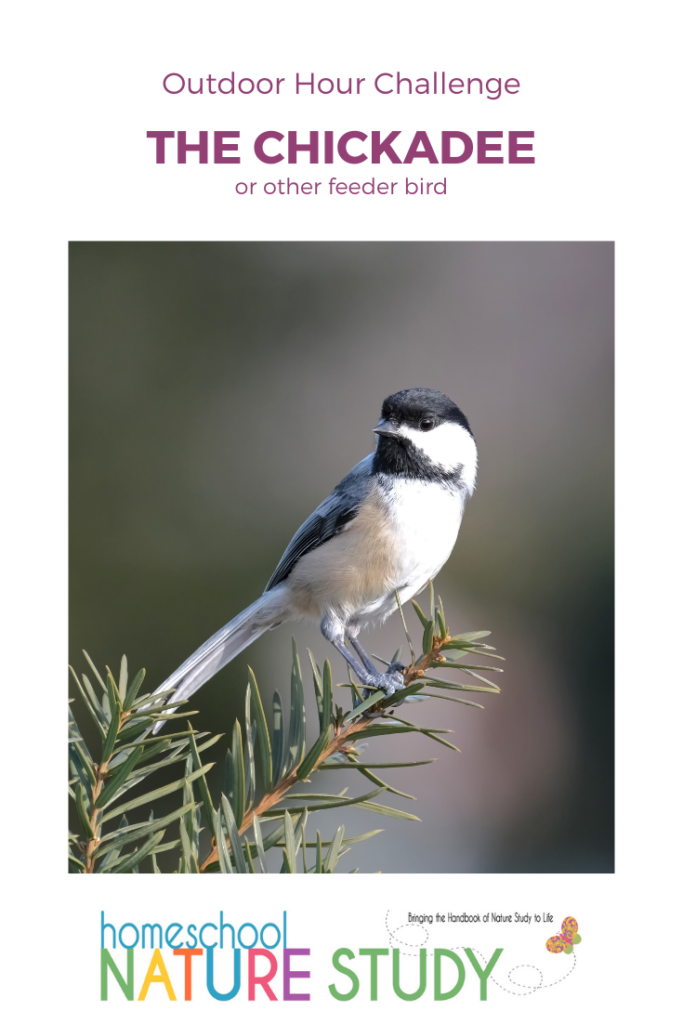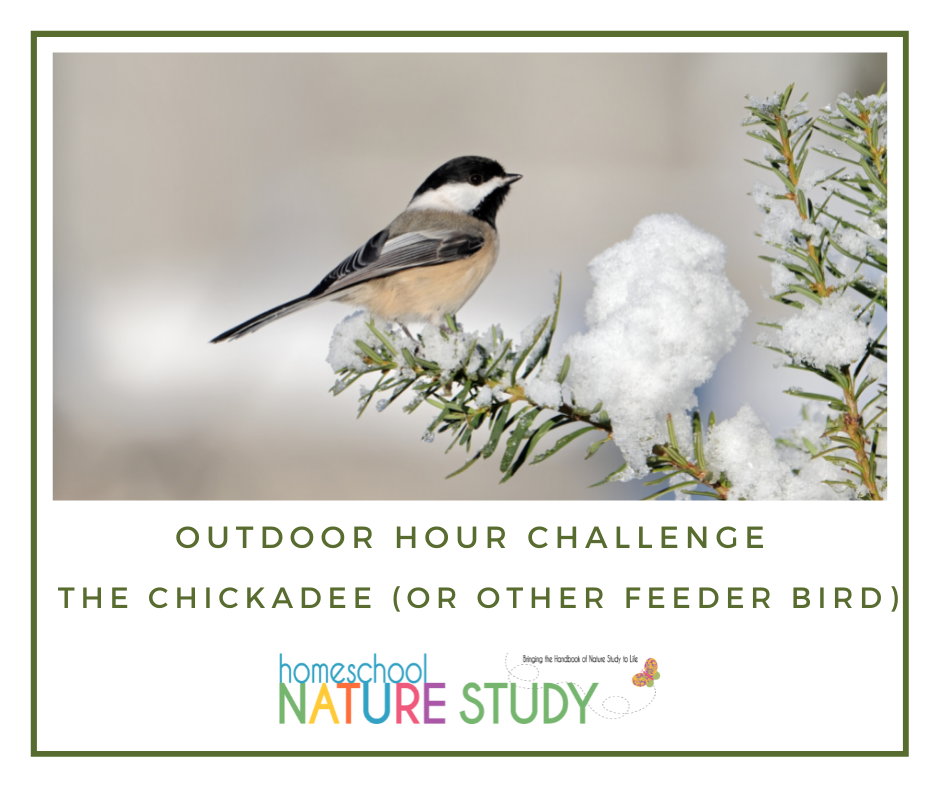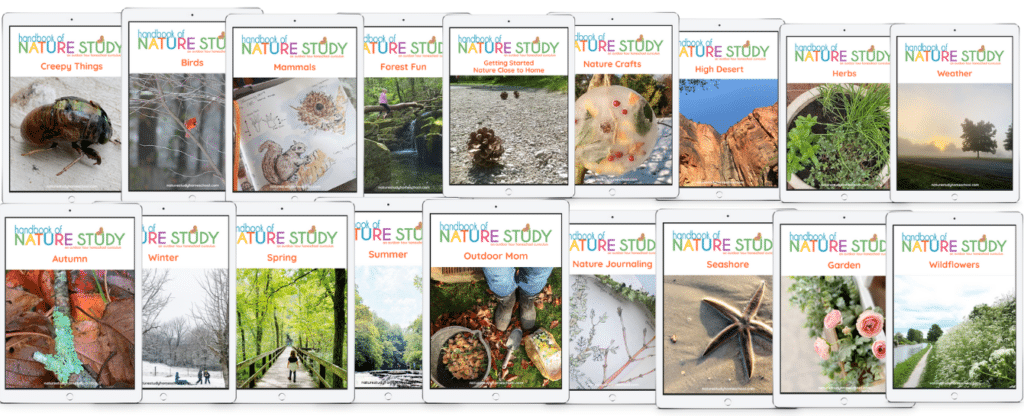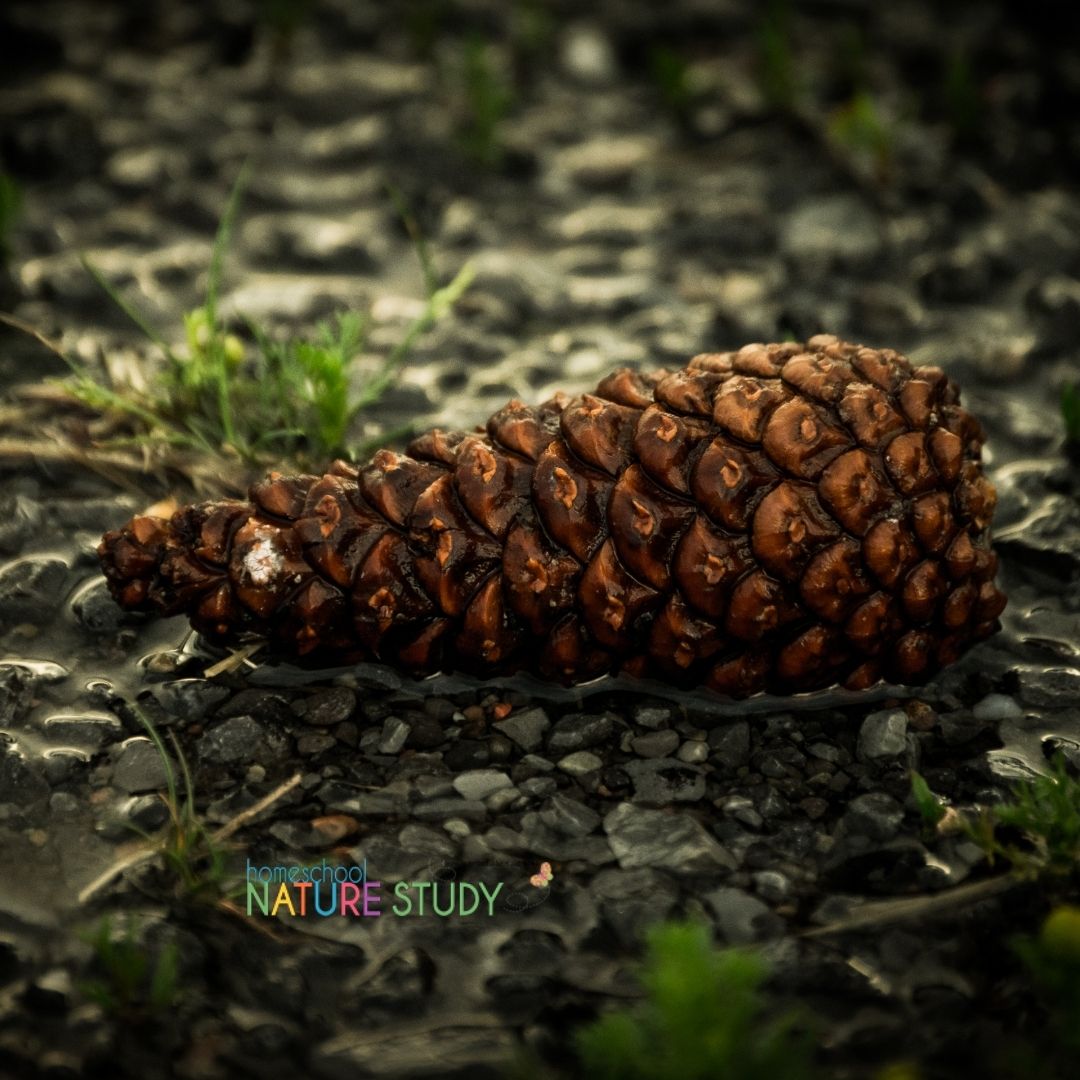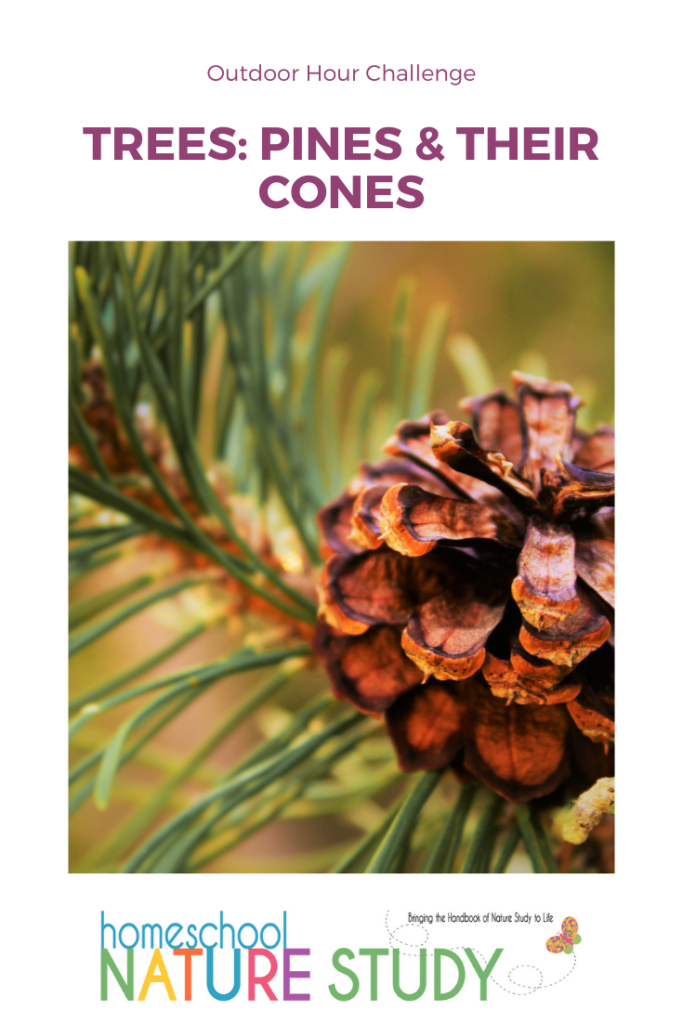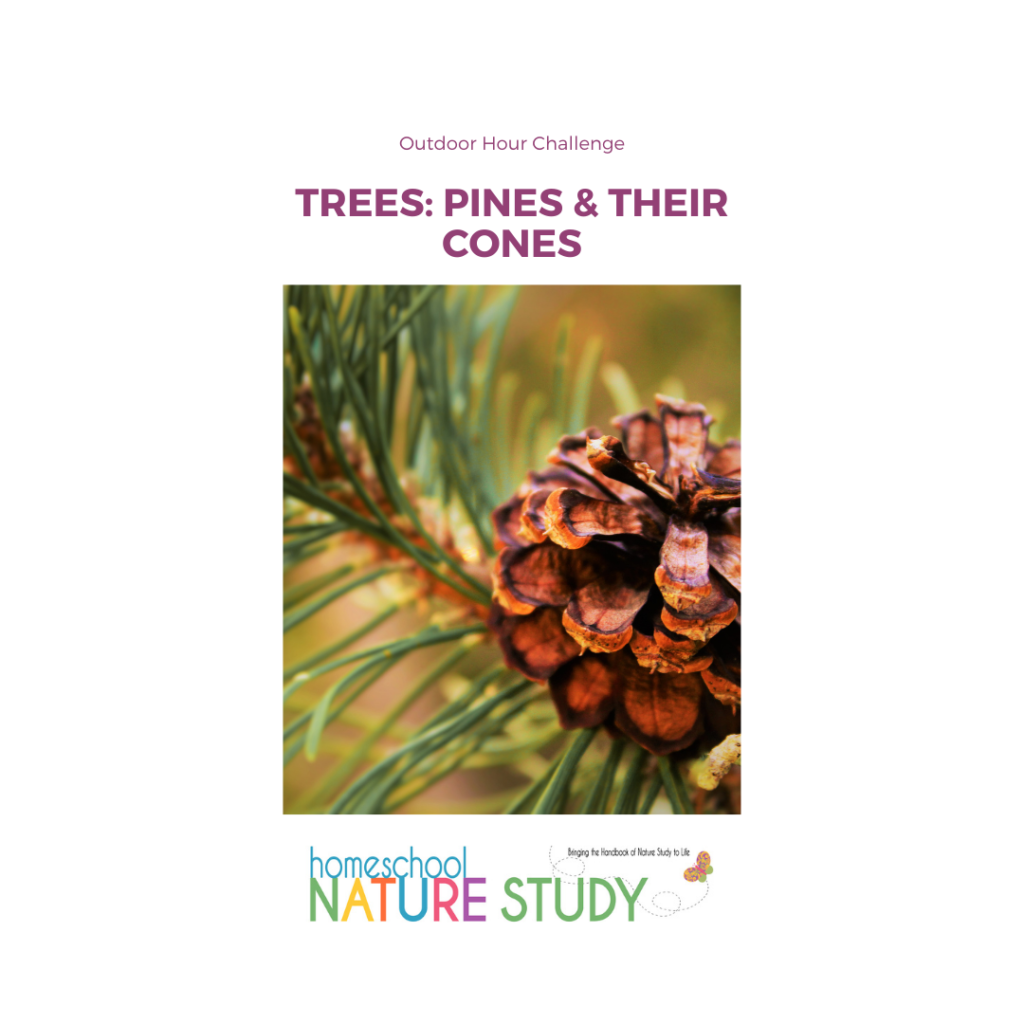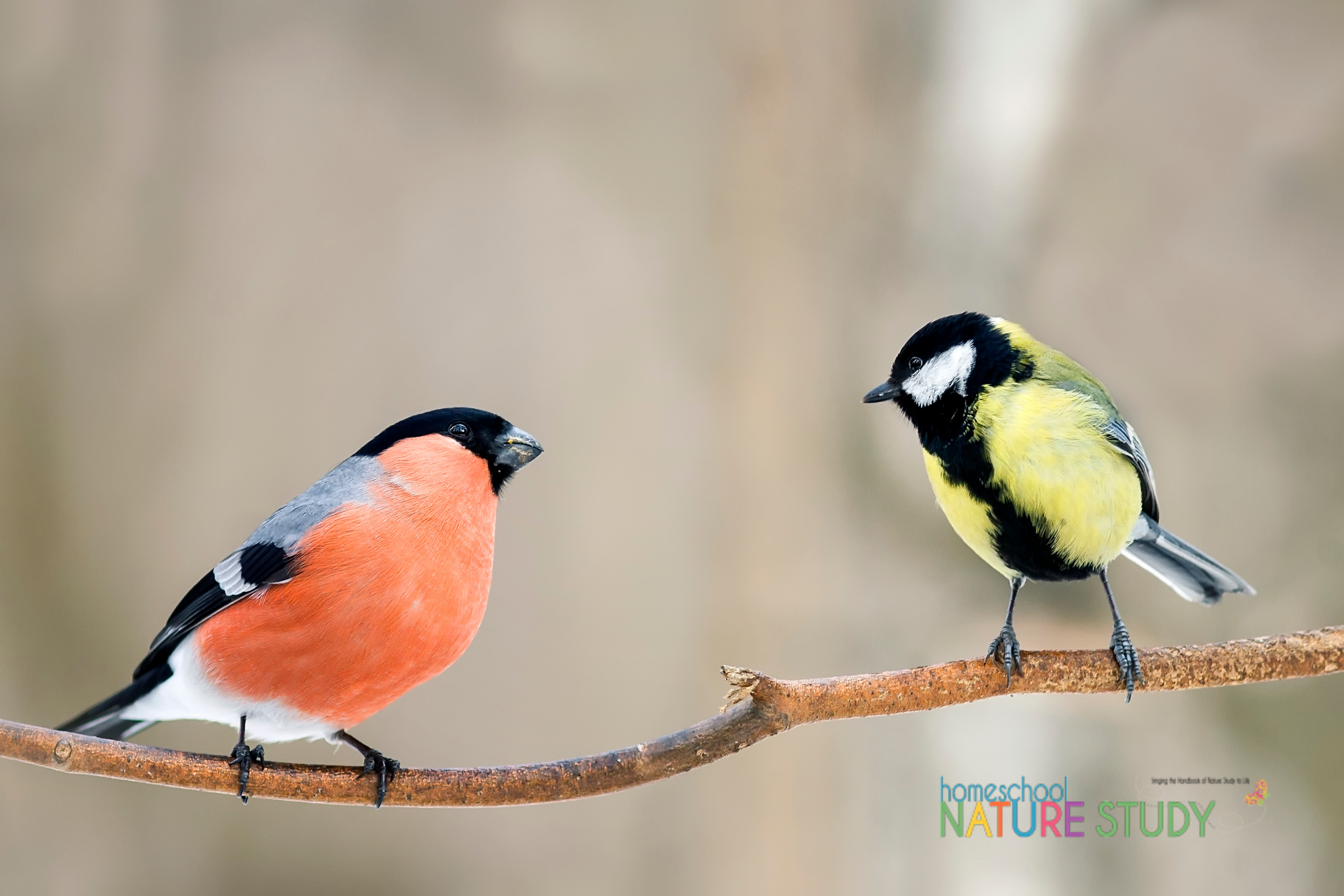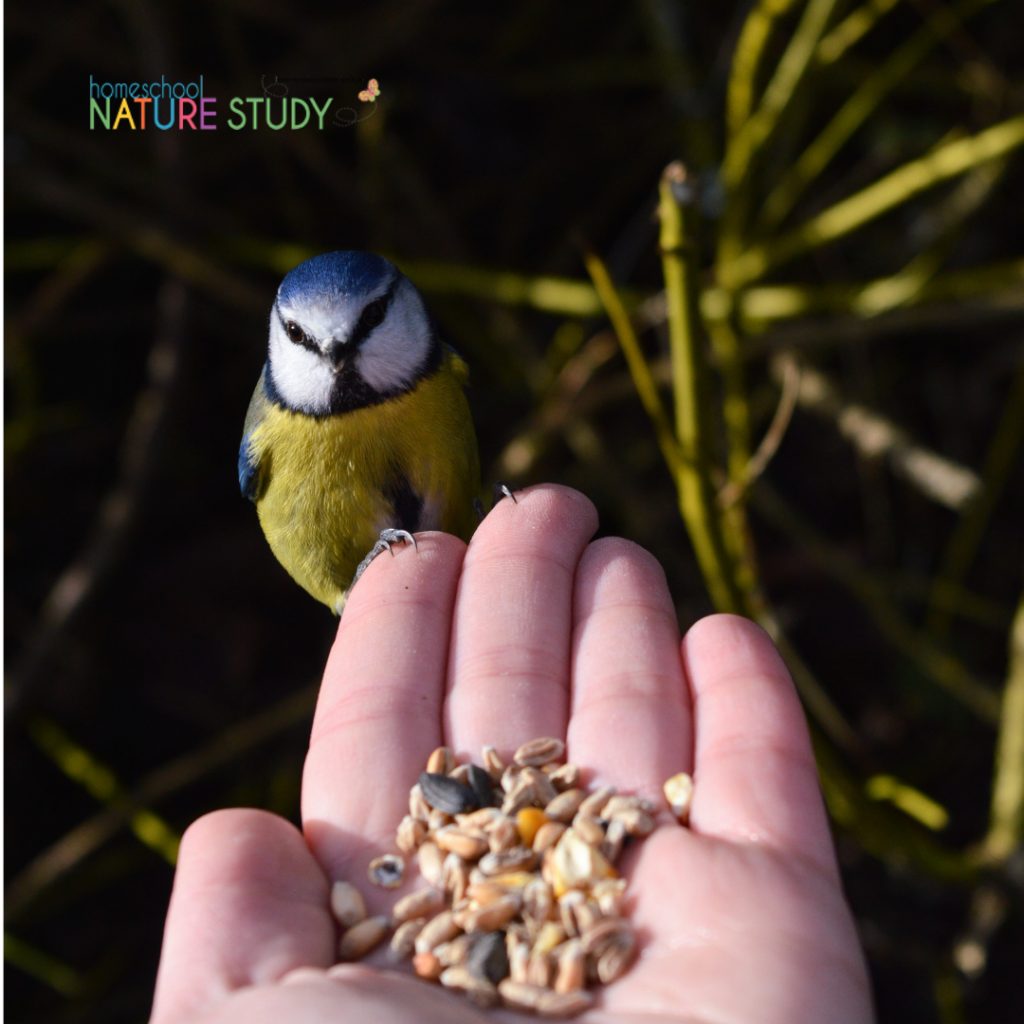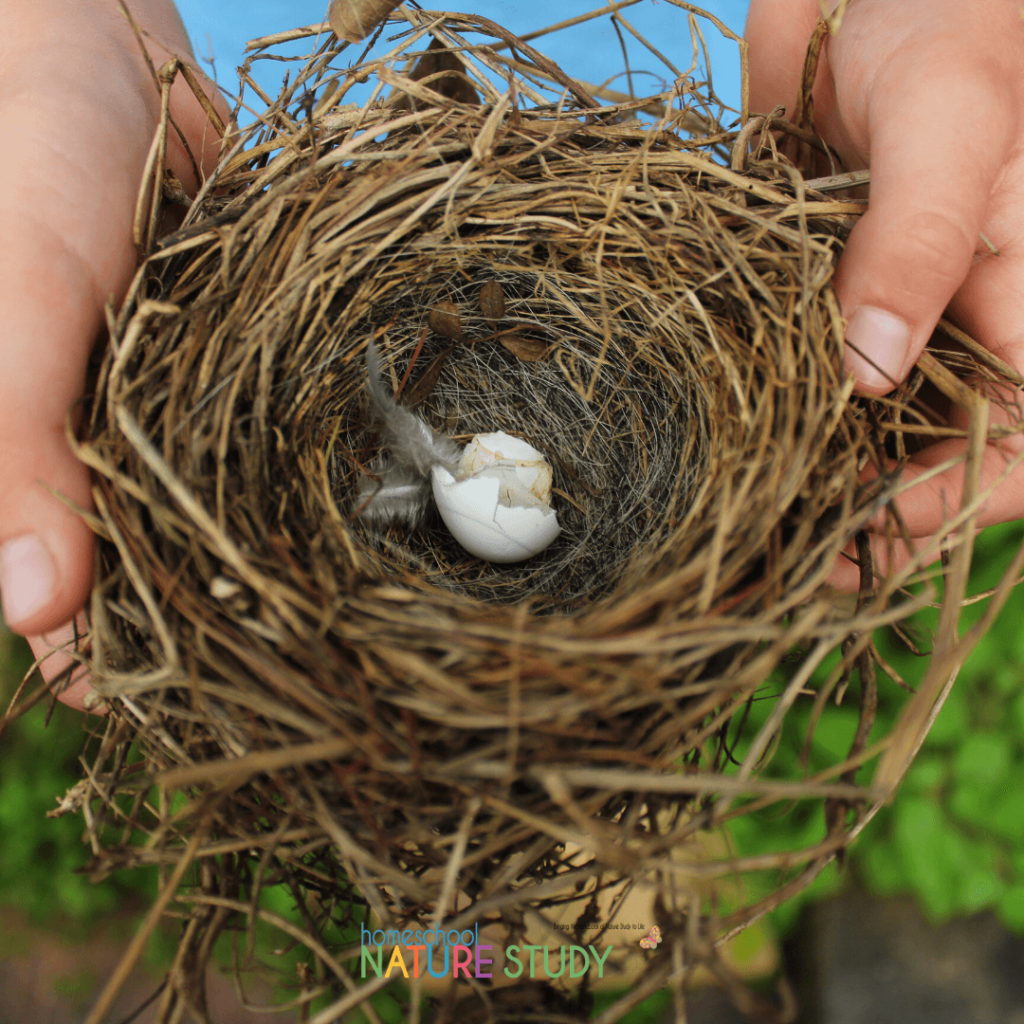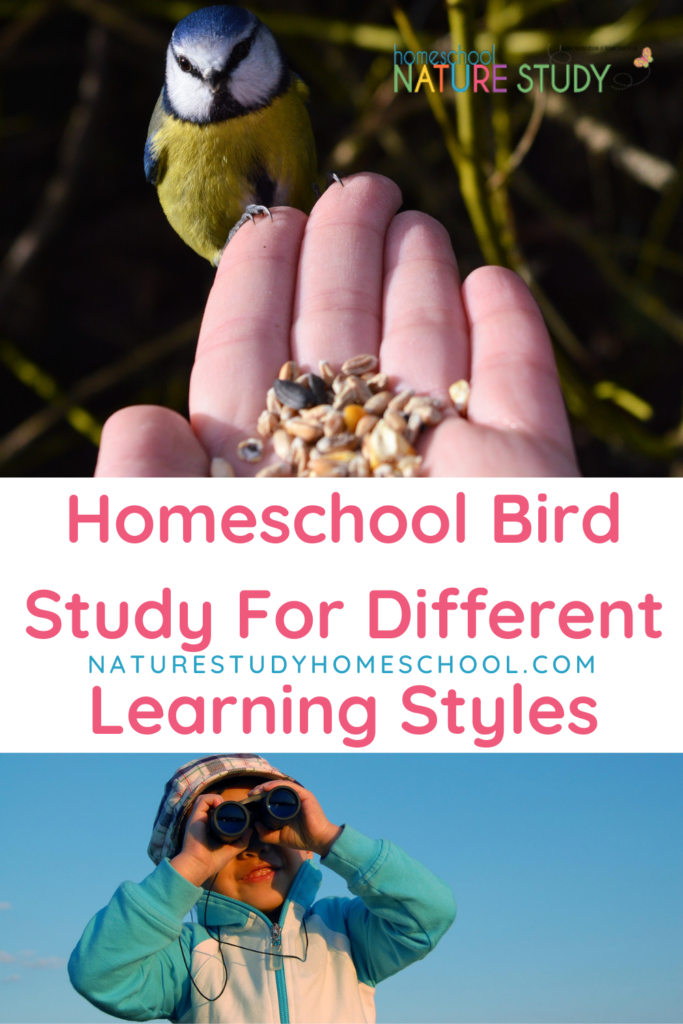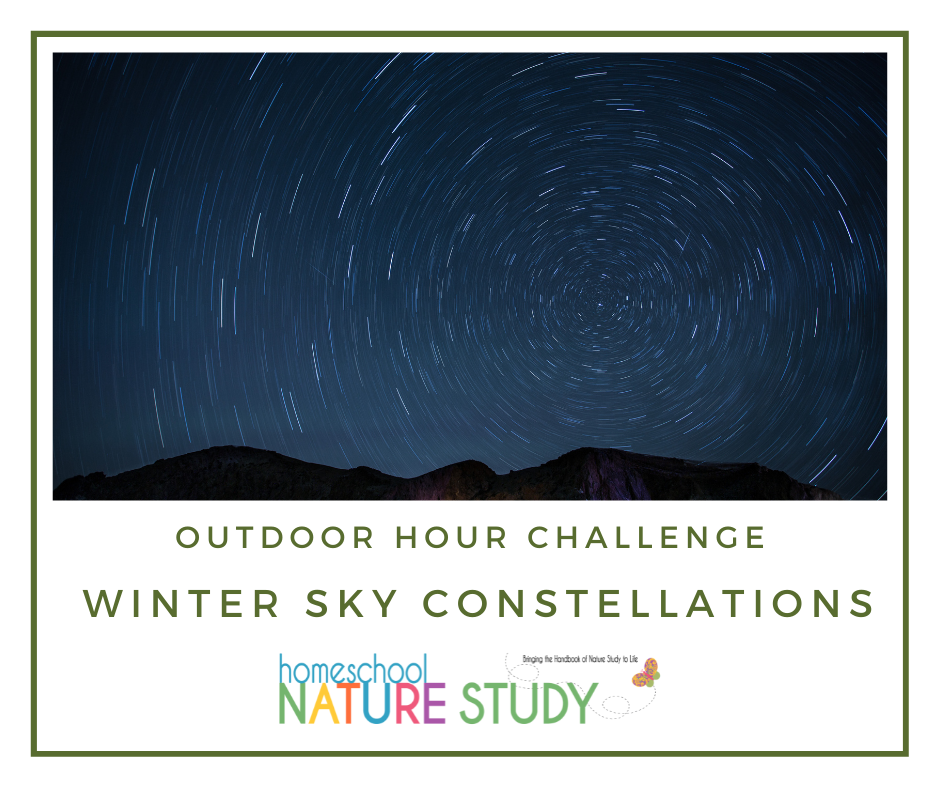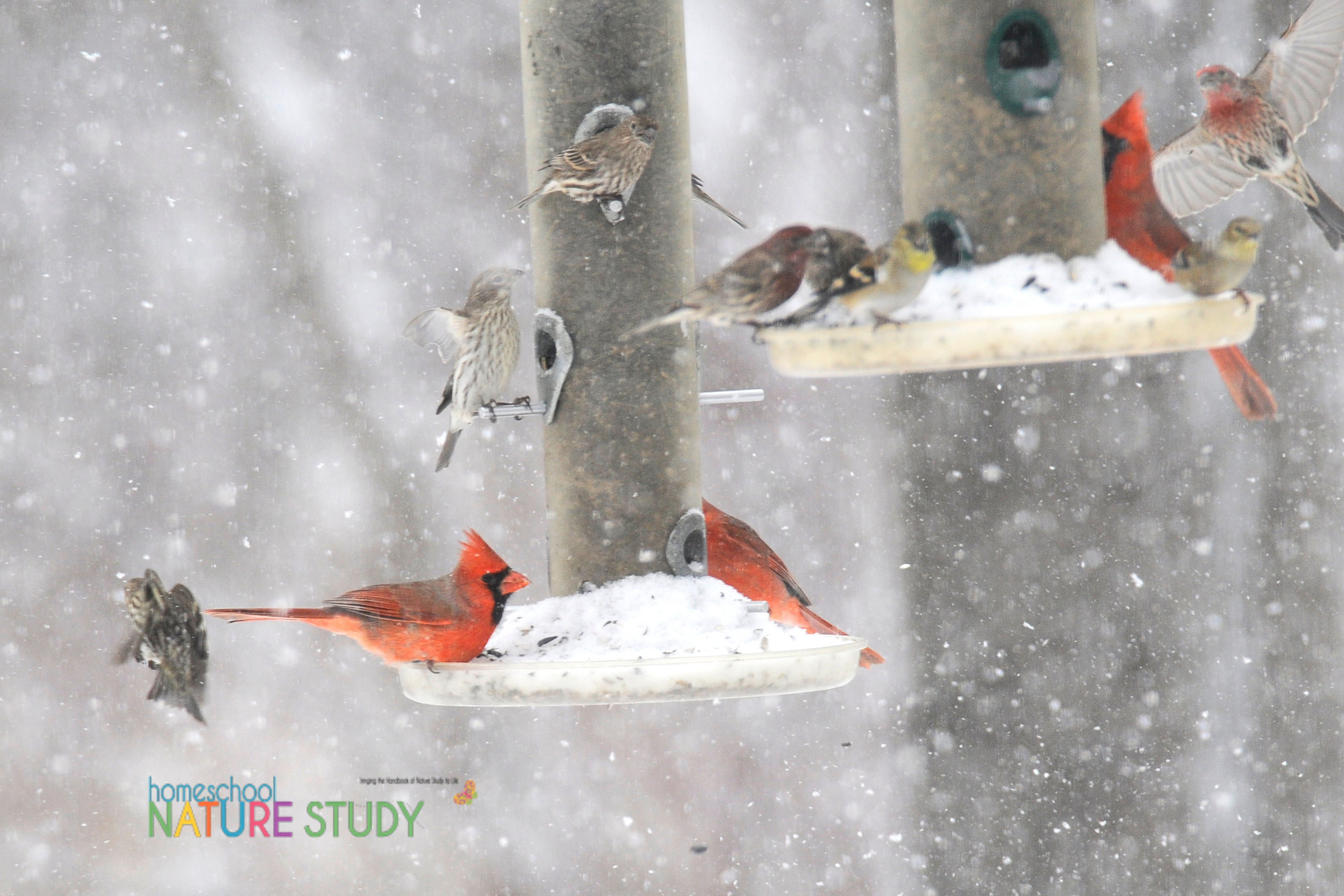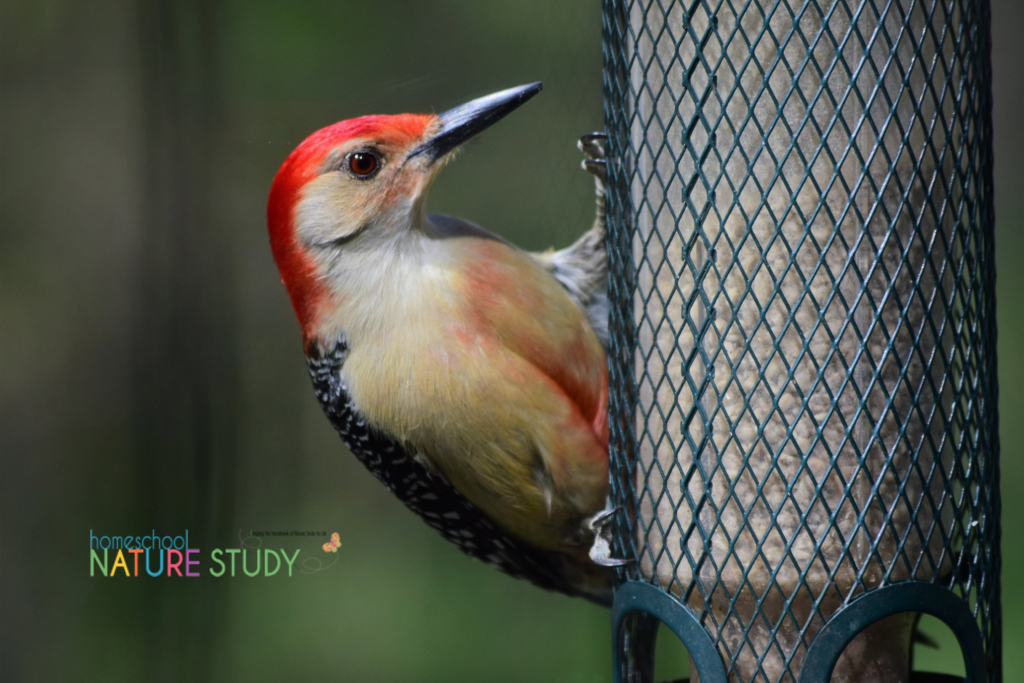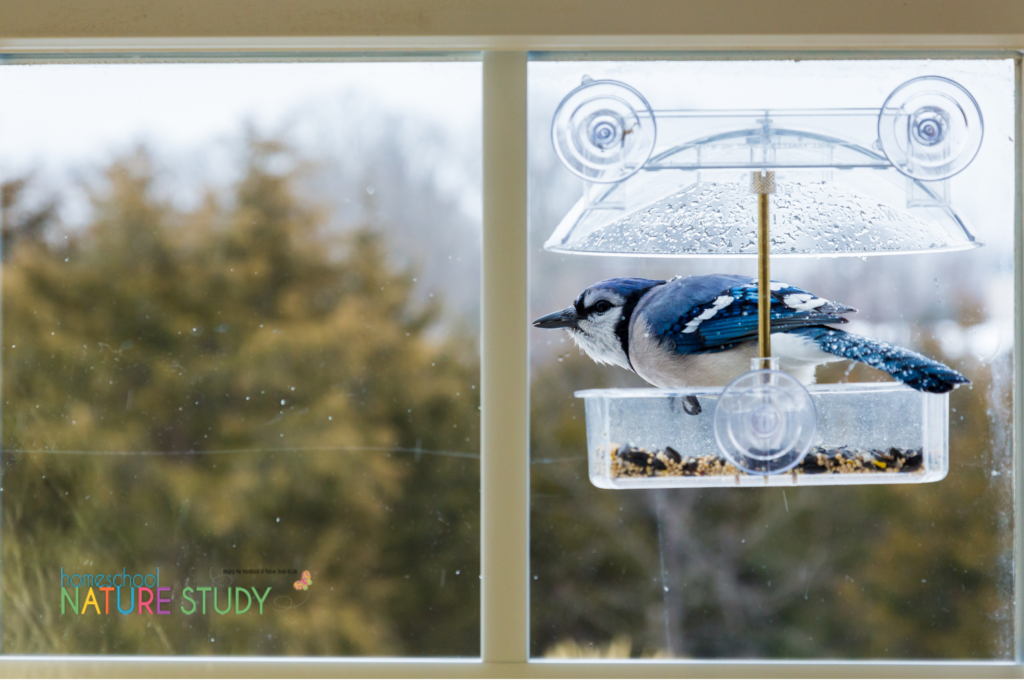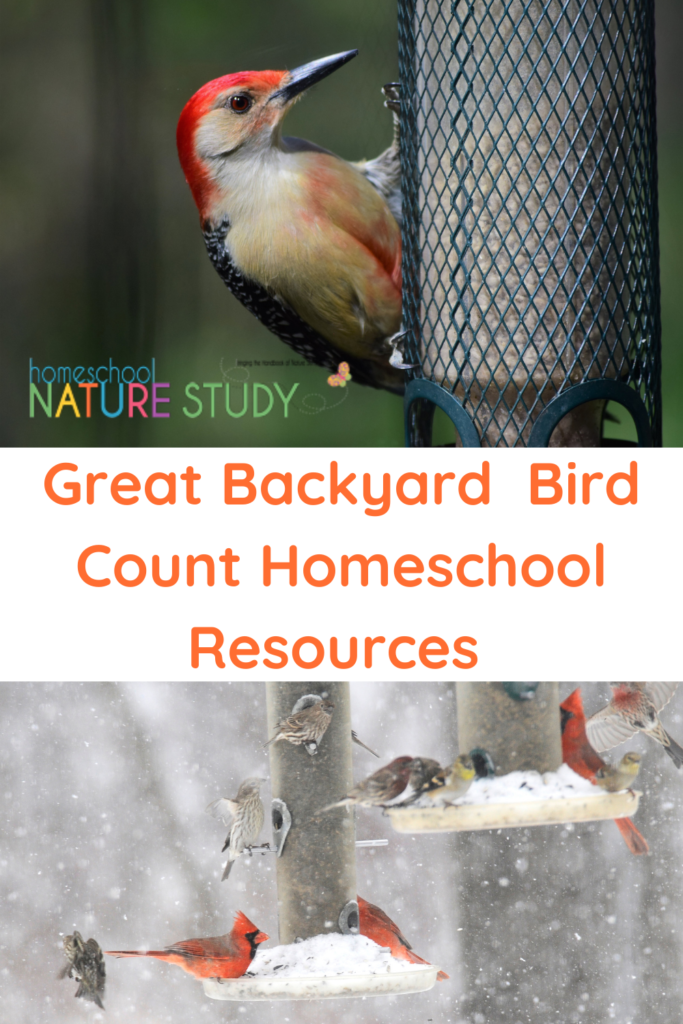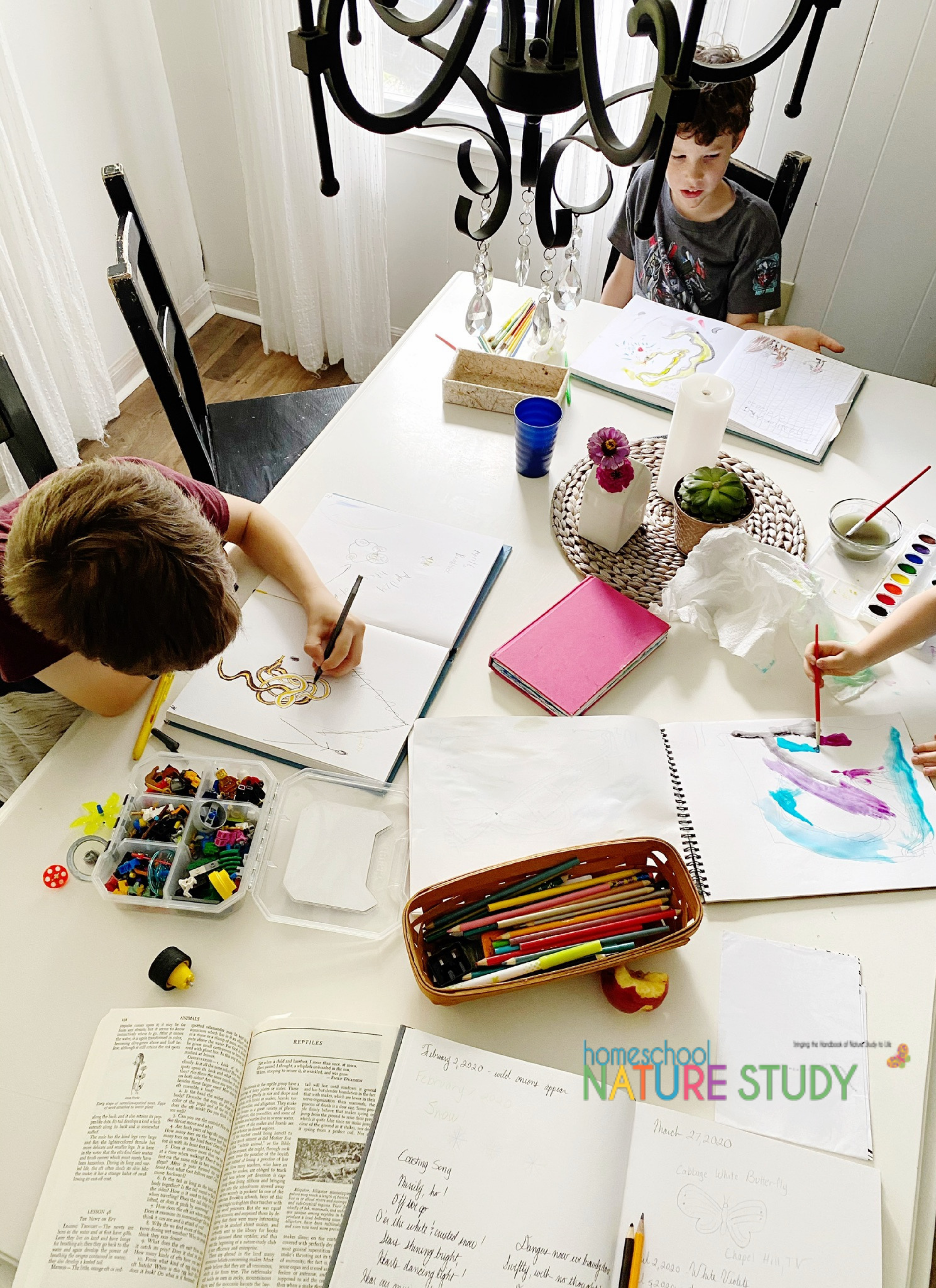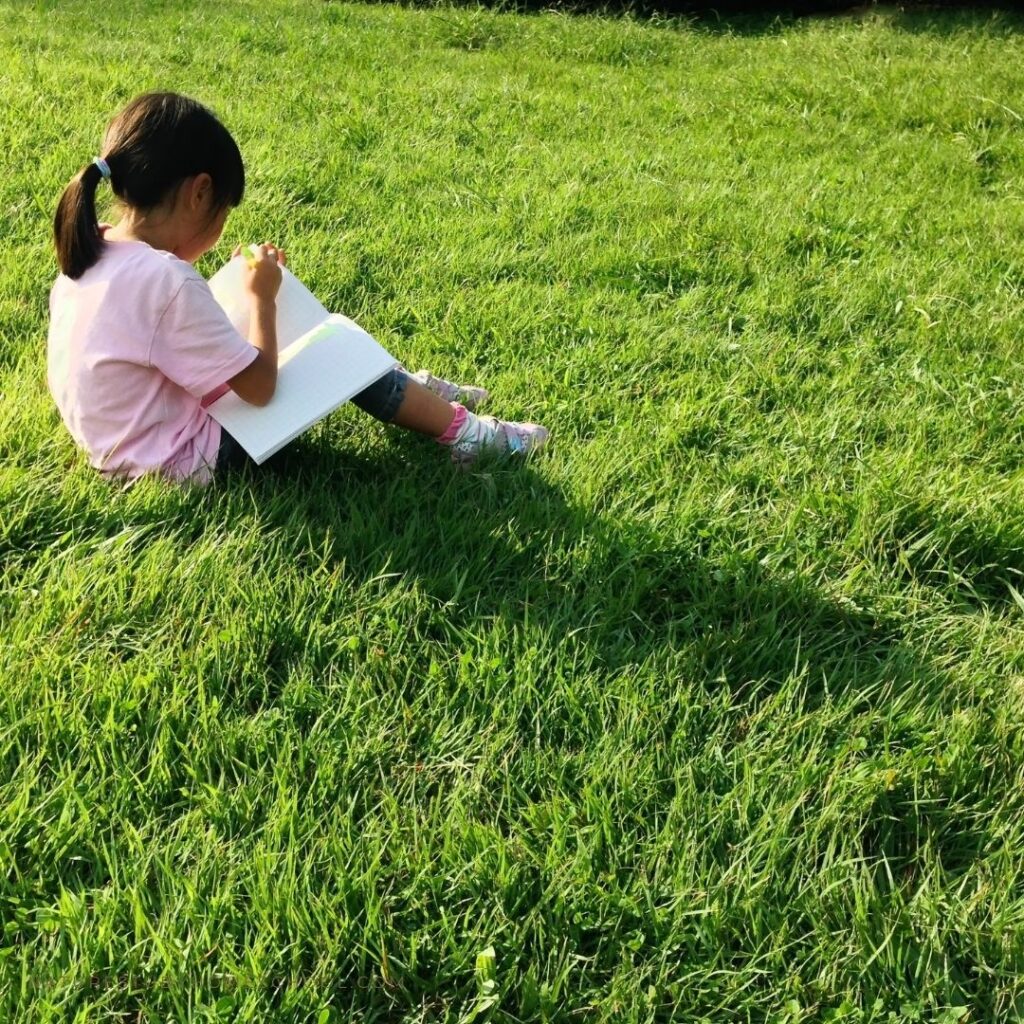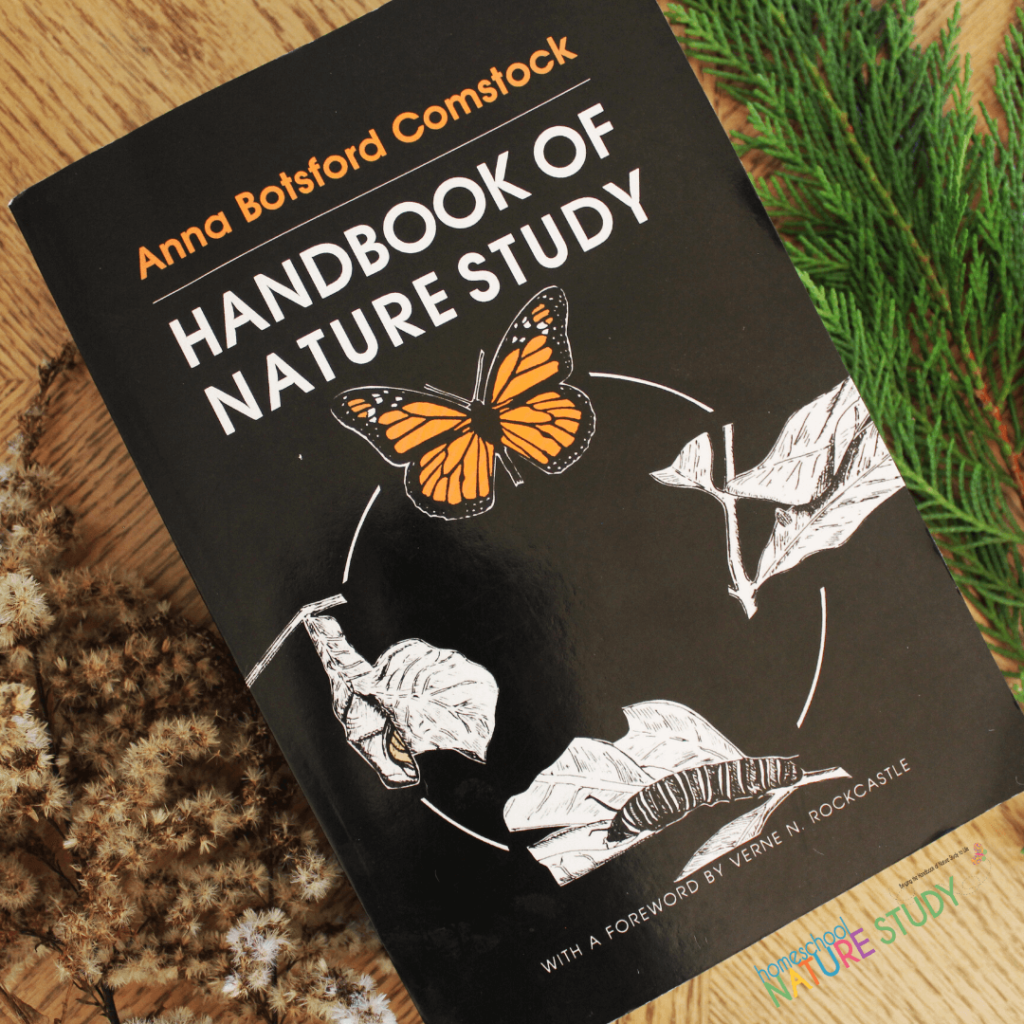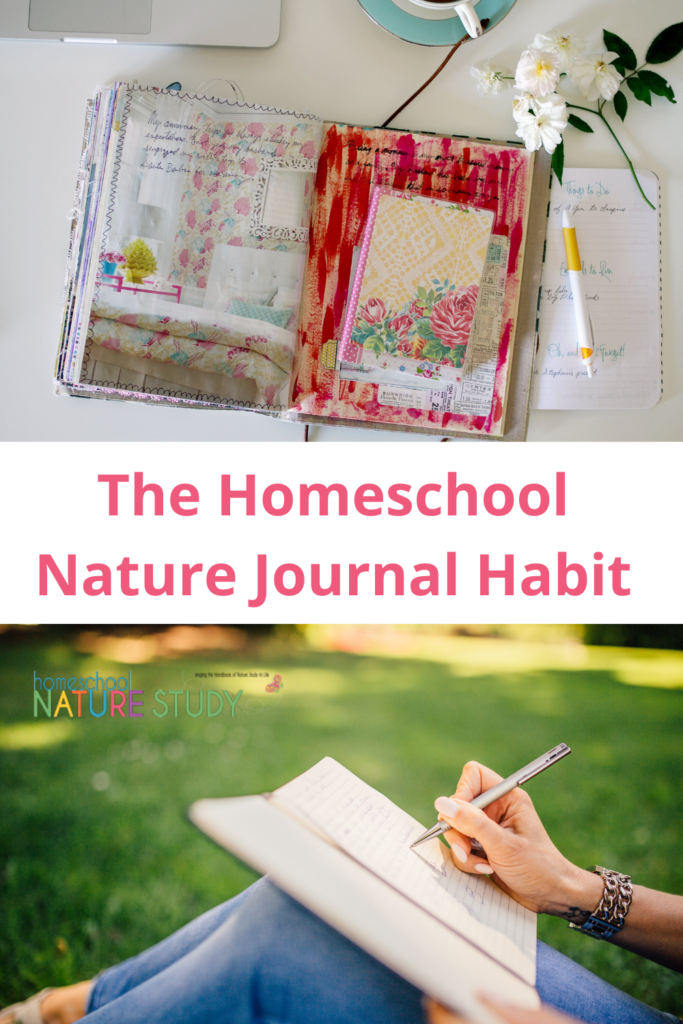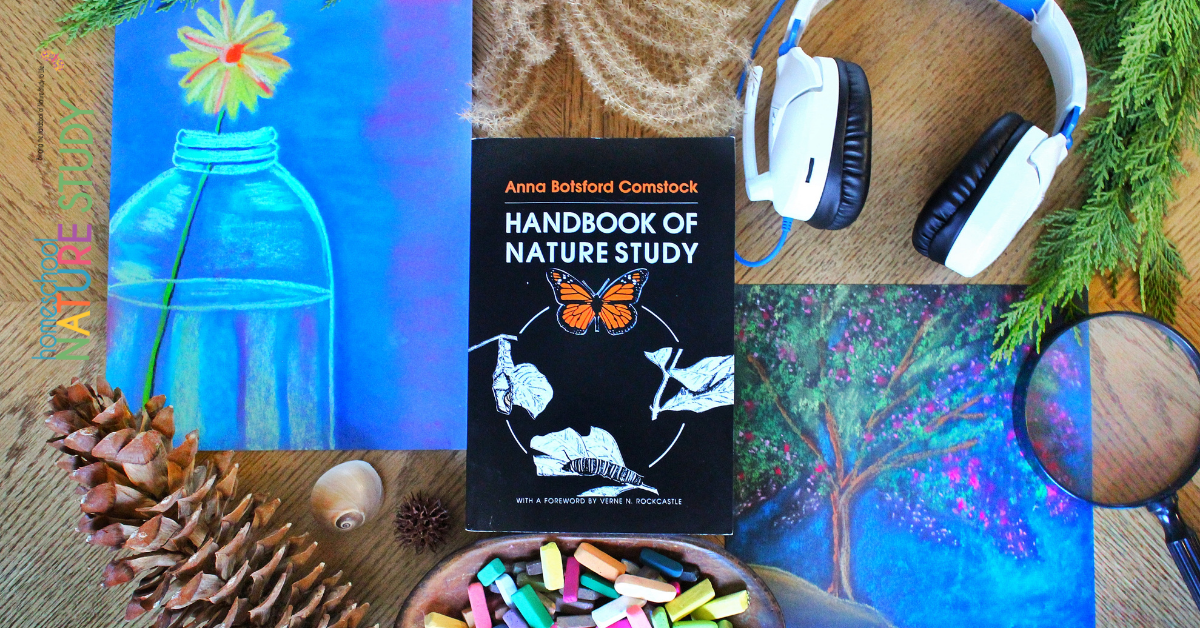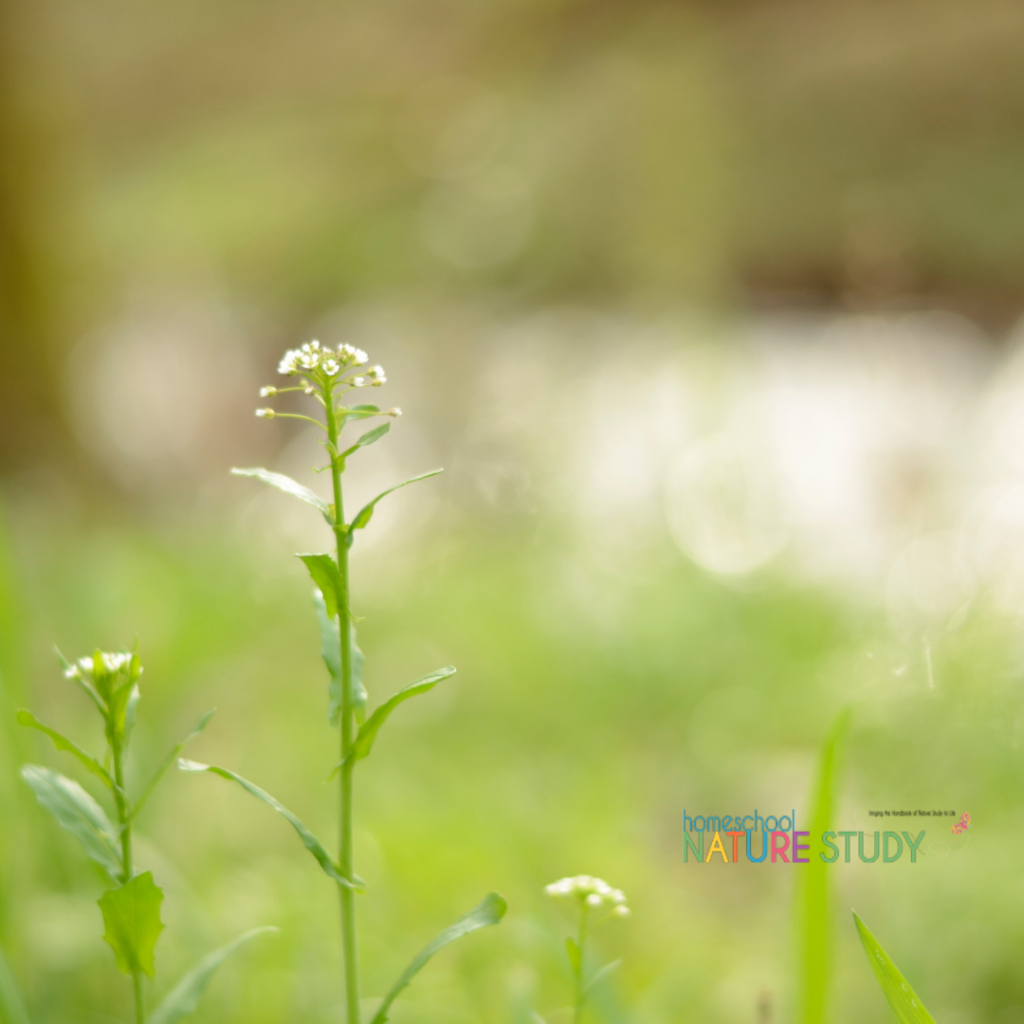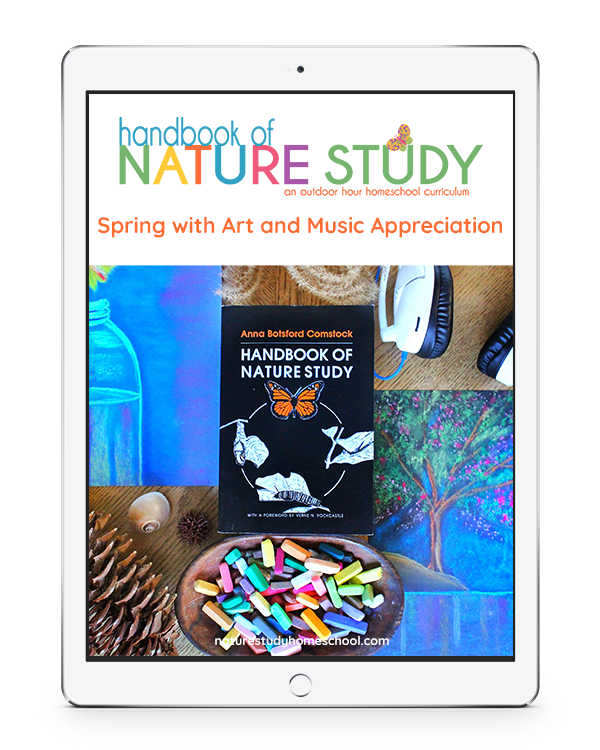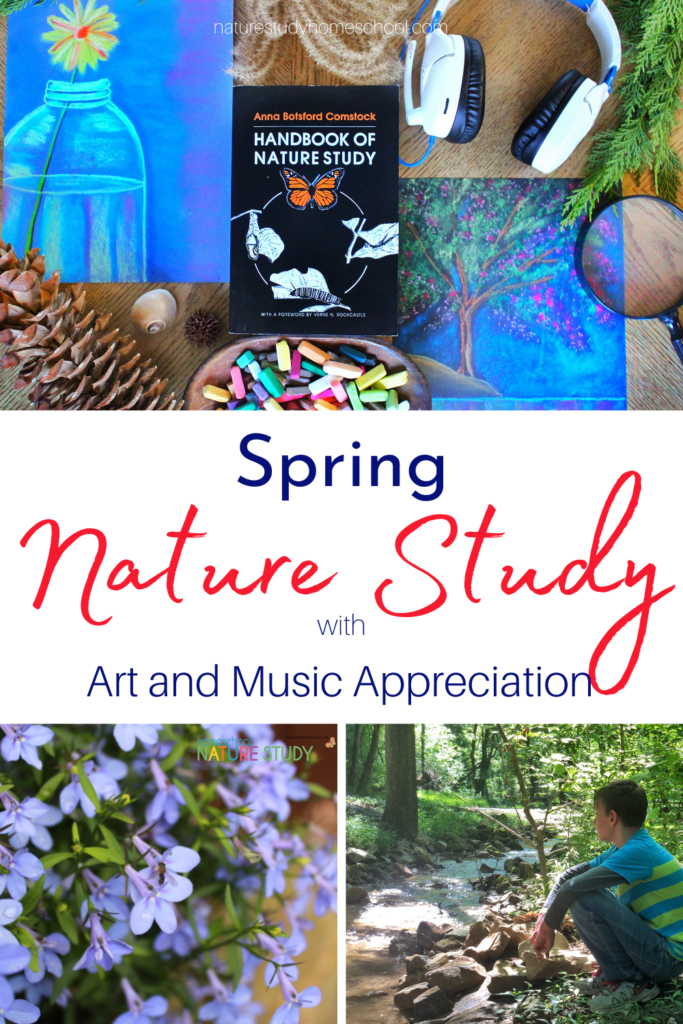
Enjoy a clover or shamrock homeschool nature study this spring and learn about this abundant ground cover you likely have in your own backyard.
Clover or Shamrock Homeschool Nature Study Inside Preparation Work
1. Read in the Handbook of Nature Study pages 591-598. These pages cover three sections in the Handbook of Nature Study but are closely related. I encourage you to read all the pages even if you do not think you have the particular clover in your area. Use your highlighter to mark sections you found interesting and that at some point you want to share with your children in the follow-up activity.
“The clover head is made up of many little flowers; each one has a tubular calyx with five delicate points and a little stalk to hold it up into the world. In shape, the corolla is much like that of the sweet pea, and each secretes nectar at its base. The outside blossoms open first; and as soon as they are open, the honey bees, which eagerly visit white clover wherever it is growing, begin at once their work of gathering nectar and carrying pollen…”
Handbook of Nature Study, page 597
This video will give you a good idea of how bees move from clover to clover.
You can do an internet search for each of these kinds of clover so you and your children will know what you are looking for during your Outdoor Hour time this week. I use Google Images. You may wish to preview any searches.
- What is the difference between clover and shamrock?
- White Clover
- Red Clover (Vermont’s State Flower)
- Buffalo Clover
- Crimson Clover
- Rabbit Clover
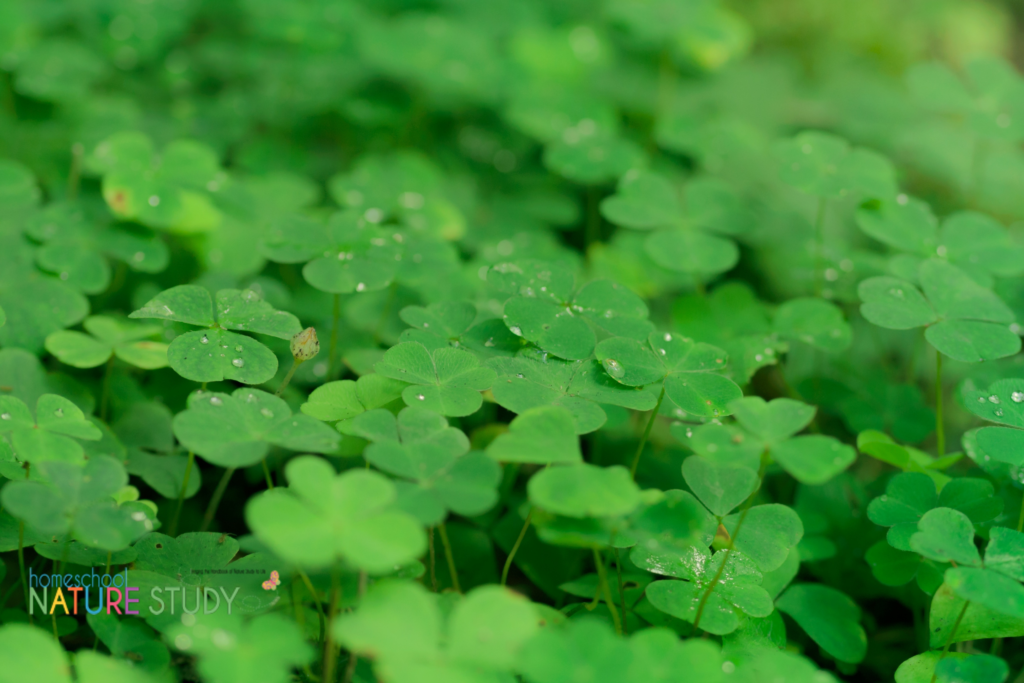
Your Nature Study Outdoor Time
2. Your outdoor time this week can be spent in your yard or at a near-by park. Look for areas of lawn or pastures that may include clover. You may find clover at the edges of trails as well so keep your eyes out as you have your outdoor time this week.
3. Another subject for your outdoor hour time could be the honeybee. The relationship between clover and honeybees is a beneficial one and if you can observe bees in the clover you have witnessed a great partnership.
4. Pollen can be a topic for your outdoor hour time if you don’t find clover or honeybees.

Clover or Shamrock Follow-Up Activity
5. After your outdoor time, make sure to discuss with your children what interested them from shamrock homeschool nature study this week. They may be more interested in learning about something they observed and our job as parents is to help them answer their questions. Use the Handbook of Nature Study by looking up the topic in the index or the table of contents. You can also look on the Handbook of Nature Study blog and see if we have covered the topic in a previous Outdoor Hour Challenge.
In the Handbook of Nature Study, on page 593, there is a section on nodules. The nodules will be found as little “swellings” on the roots of clover. These nodules have an important job which is explained in the Handbook of Nature Study on the same page. Make sure to read this section to yourself so when you have your follow-up activity you will be prepared to talk about nodules.
5. On page 594 in the lesson, #3 suggests that you take up the clover plant and look at its roots. This would make a great addition to your nature journal. Sketch the whole clover plant and then perhaps one of the flowers.
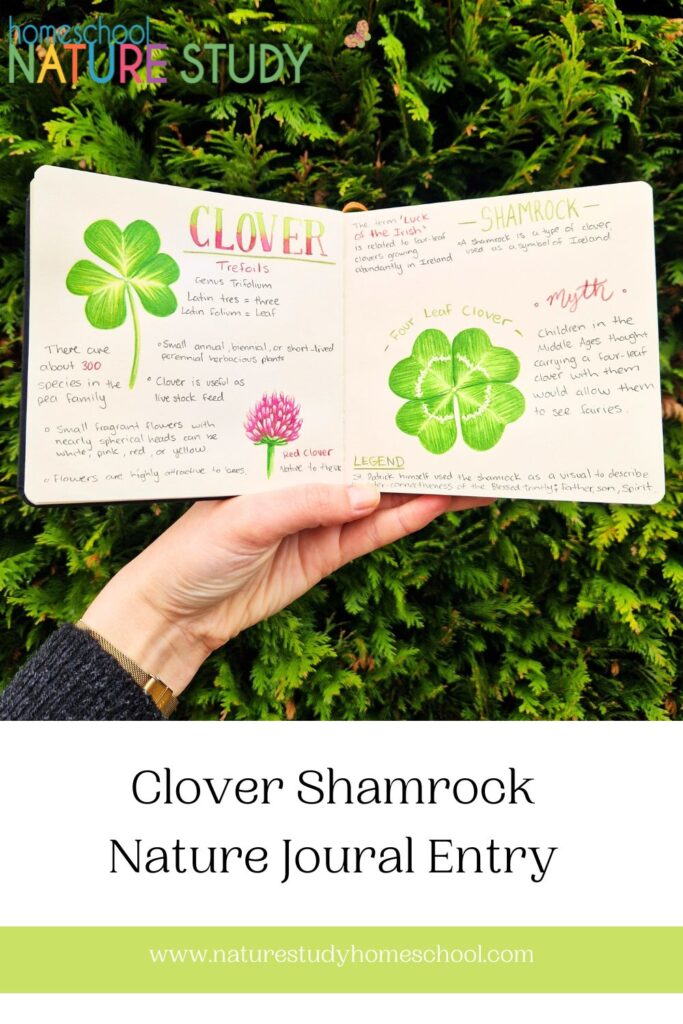
Homeschool Nature Study members can enjoy a Video Shamrock Journal Lesson with nature illustrator, Victoria Vels!
6. On page 598 in the lesson, #5 suggests that you tie a string around a clover head that has not yet blossomed. This way you can observe the same flower over a period of several days. You could record each day’s observations in your nature journal either in words or as a sketch.
Rainy Day? Enjoy A Clover or Shamrock Study Indoors!
Amy Law shares, “Rainy day by you, too? It doesn’t have to keep you from nature study! In honor of Saint Patrick’s day, we decided to do the nature study lesson on Shamrocks! We dashed through the raindrops to grab some clover, spent time learning more about this important plant, watched a video of a bee in clover, and did a chalk Pastel lesson with Nana! (All with the nature study calendar!) What a lovely way to spend a rainy afternoon.”
More Clover or Shamrock Homeschool Nature Study Ideas
Here are some optional activities for you to enjoy in your homeschool.
- Find some clover honey at your grocery store and enjoy it on bread or in some herbal tea.
- Grow clover as a cover crop in your garden. Here is a link for you to read and learn how to use your new knowledge of clover to an advantage. How to Grow Crimson Clover as a Cover Crop
- Colors of the Garden: Shamrocks and Rudbeckia
- Enjoy a shamrock video art lesson with Nana of our sister site, You ARE an ARTiST, as a follow up activity. You might also like The Perfect St. Patrick’s Day Unit Study with Art.
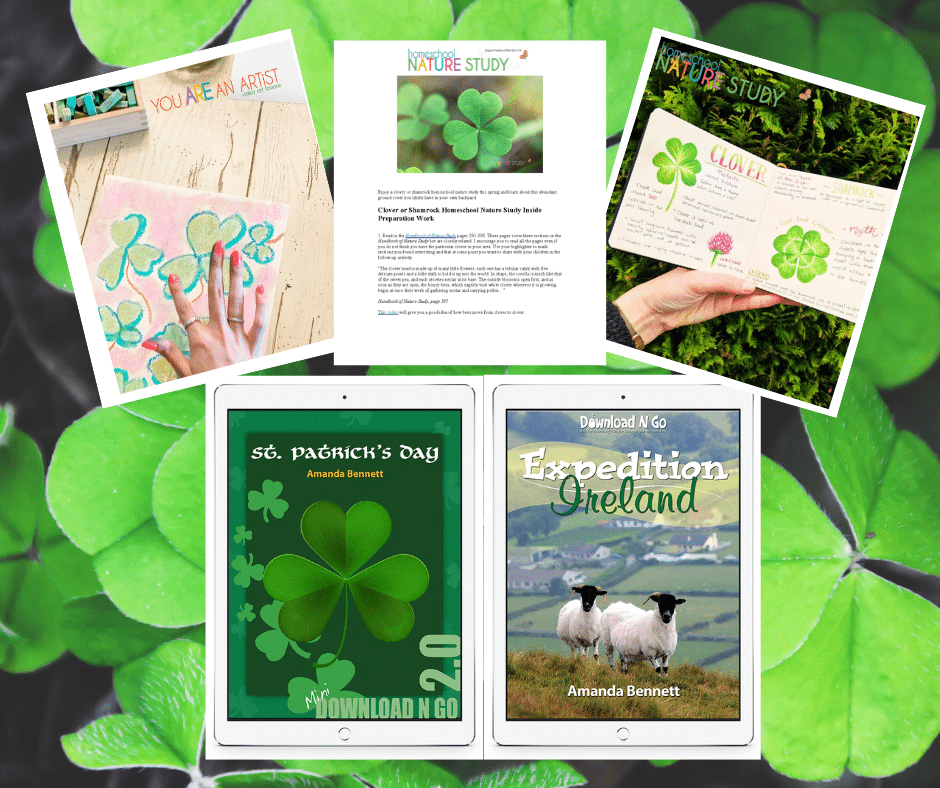
St. Patrick’s Day Homeschool Bundle
This St. Patrick’s Day homeschool unit study bundle includes integrated lessons in history, literature, art, nature study, science and more! Find it here!
Homeschool Nature Study Membership for Backyard Nature Year Round!
There are so many benefits to joining. You will access our full range of curriculum, our interactive learning calendar as well as a brand new homeschool nature study challenge post each week!
Please do tag us in your Outdoor Hour Time photographs on Instagram. We would love to see how your family is learning about the shamrocks in your homeschool.

written by Barb July 2009 and updated by Tricia February 2022


